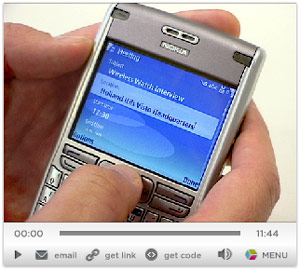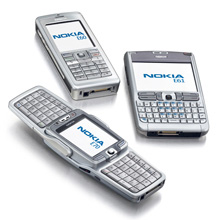ACCESS NetFront Browser in 11 New Sanyo Handsets
ACCESS Co., Ltd., a global provider of mobile content delivery and Internet access technologies, today announced that its NetFront browser has been deployed in 11 SANYO handset models available in regions throughout the world including the U.S., Canada, Mexico, and New Zealand. Powered by NetFront browser, SANYO handsets represent some of the best-selling devices available from SANYO’s mobile operator partners. NetFront has been selected as the browser technology for 11 SANYO handsets, which include the SCP-8300, SCP-9000, SCP-7500, SCP7400/QW, SCP-4920/QW, SCP-8200/QW, SCP-2300/NZ, SCP-9000/NZ, SCP-2300/CA, SCP-8300/CA, and SANYO MVP models.


 Yesterday, Vodafone Japan announced
Yesterday, Vodafone Japan announced  A brief prediction. While idly surfing about the web today, I noticed that
A brief prediction. While idly surfing about the web today, I noticed that